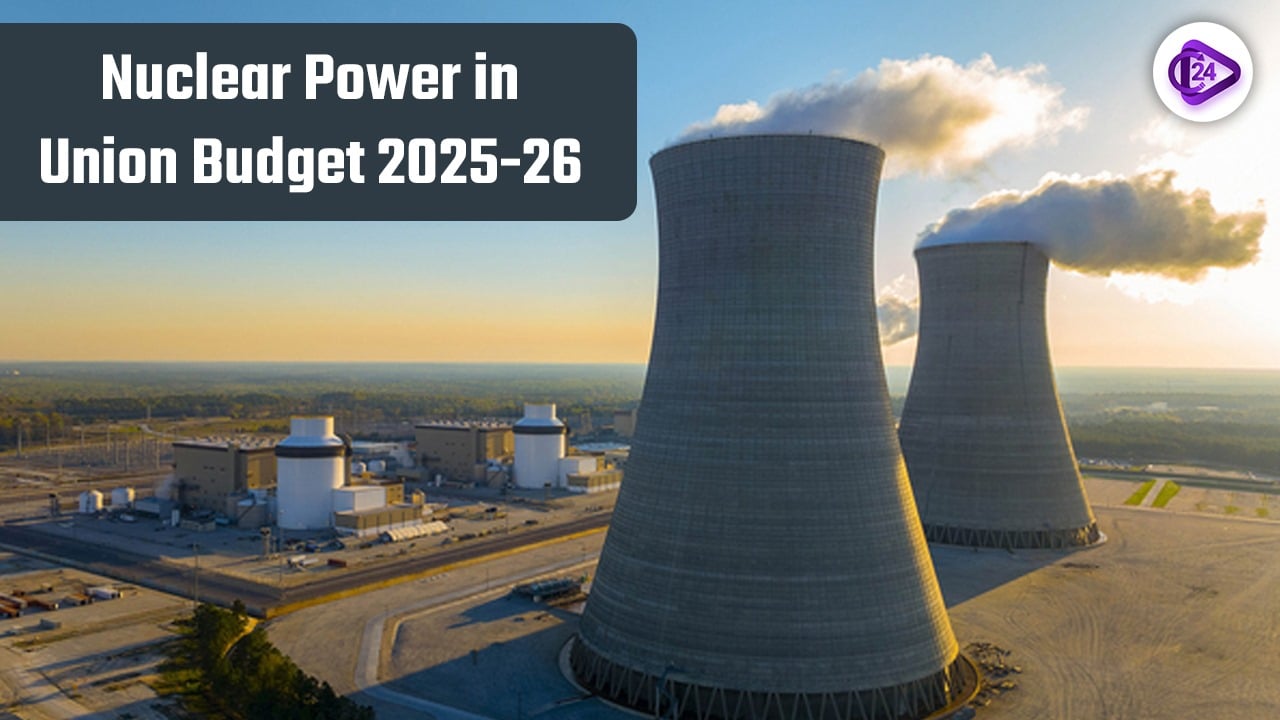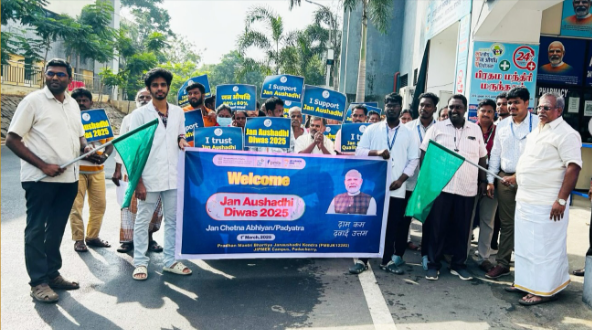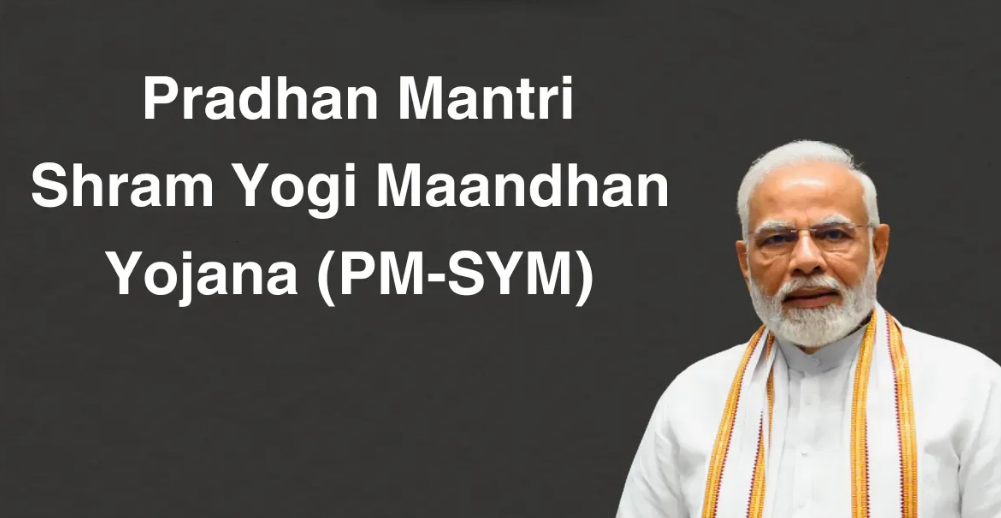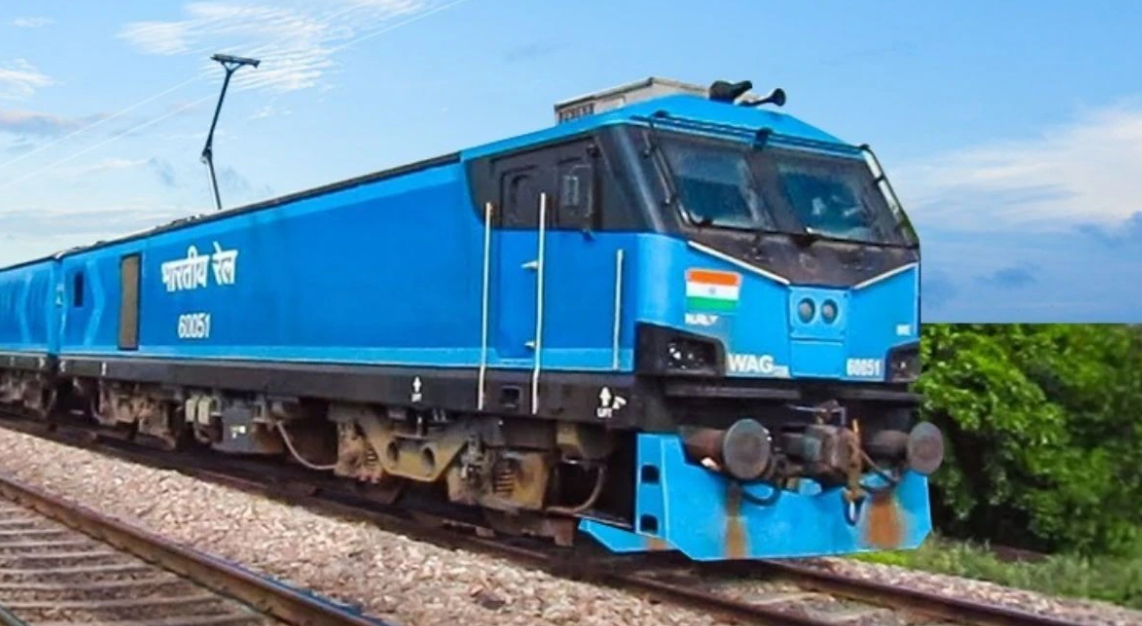
The Indian energy policy includes nuclear power as a central element since it serves to handle rising electricity requirements without producing significant carbon footprints. For decades India has been investing in nuclear energy and the country will boost its nuclear power capabilities in upcoming years. The Indian government devotes substantial financial resources to nuclear energy development because it aims to achieve energy independence and reduce both carbon emissions and strengthen national energy security. The government supports nuclear energy within the "Viksit Bharat" vision alongside world sustainability efforts because it promotes SMRs and fast breeder reactors alongside indigenous technologies to build a cleaner and more dependable energy system.
About
-
Budget Allocation: ₹20,000 crore
-
Aimed Capacity: The government seeks to boost India’s nuclear power sector by developing 100 GW capacity by 2047 using Small Modular Reactors (SMRs) along with indigenous nuclear technology.
-
Target: Nuclear power development represents a strategic priority for India because the country wants to embrace nuclear energy as its principal power source which reduces dependence on fossil fuels.
Progress in Nuclear Energy
-
Current Capacity: 8,180 MW (as of January 2025).
-
The nuclear power industry aims to grow its total capacity to 22,480 MW by 2031-32 by developing 10 new reactors which could be built through international cooperation featuring a six-reactor facility in Andhra Pradesh with US involvement.
Small Modular Reactors (SMRs)
-
Small Modular Reactor research development together with at least 5 operational SMR projects must begin before 2033.
-
Small Modular Reactors represent an adaptable and budget-friendly power source that outmatches large reactors because they work well in maintaining power grid conditions and operating in distant locations.
Bharat Small Reactors (BSRs)
-
The deployment of 220 MW PHWRs will advance decarbonization efforts under private industry collaborations for land and financial resources and infrastructure support.
Recent Developments
-
Scientists at Jaduguda Mines found new uranium deposits which will prolong mine operations for more than 50 years.
-
The current developments focus on building indigenous 700 MWe PHWRs as well as developing PFBR (Prototype Fast Breeder Reactor).
Research & Development and Indigenous Technology
-
The Indian nuclear energy policy revolves around domestic development because it embeds major investments into homegrown nuclear technological innovations.
-
The development program focuses on building novel reactor designs and improved fuel cycle systems with attention to closed waste recycling methods that transform nuclear waste into useful fuel elements.
-
The Bhabha Atomic Research Centre (BARC) maintains its position as the national leader in nuclear research as India works on establishing stronger domestic nuclear capabilities independent from foreign technology imports.
Role of Nuclear Power in India’s Energy Mix
-
Indian strategic policy considers nuclear power as both a clean energy solution and an essential tool for making India free from fossil fuels to reach long-term energy requirements alongside climate change and carbon emissions reduction efforts.
-
The production of 50% renewable energy in India by 2030 serves as part of its climate goals where nuclear power will be instrumental in reaching this target.
International Collaboration
-
Among its international nuclear partnership agreements India has particular agreements with USA, Russia, France, and Canada. The international collaborations between India and other countries provide essential assistance for nuclear fuel provisioning as well as reactor technology provisioning alongside increased nuclear energy infrastructure development.
-
The government pursues active international partnerships for two main purposes: the development of SMRs and the utilization of nuclear technology for hydrogen production along with additional clean energy needs.
Challenges in Nuclear Power Development
-
The acquisition of land to build nuclear power facilities becomes challenging when these installations need extensive territories in highly developed metropolitan regions.
-
Nuclear power receives negative public opinions mainly because of Fukushima-related accidents together with ongoing worries about safety standards.
-
Current technology fails to tackle the problem of efficiently disposing or recycling nuclear waste safely.
Conclusion
The 2025-26 Budget launches a revolutionary development for India's nuclear power sector which establishes the nation as a global front-runner in state-of-the-art nuclear technology and boosts both energy reliability and sustainable practices and climate objective attainment.



 India’s Wheat Production Estimated to Hit Record High of 115.3 Million Metric Tonnes in 2024-25
India’s Wheat Production Estimated to Hit Record High of 115.3 Million Metric Tonnes in 2024-25 Surging Cotton Imports: Challenges for Indian Farmers & Textile Industry
Surging Cotton Imports: Challenges for Indian Farmers & Textile Industry India’s Spice Industry Needs Value Addition to Boost Global Market Share
India’s Spice Industry Needs Value Addition to Boost Global Market Share Govt Approves Multi-Feedstock Ethanol Plants for Sugar Mills
Govt Approves Multi-Feedstock Ethanol Plants for Sugar Mills India’s Bioeconomy to Reach $300 Billion by 2030: Union Minister
India’s Bioeconomy to Reach $300 Billion by 2030: Union Minister Jan Aushadhi Diwas 2025: Ensuring Affordable Medicines for All
Jan Aushadhi Diwas 2025: Ensuring Affordable Medicines for All Pradhan Mantri Shram Yogi Maandhan Yojana 2025: Pension Scheme for Unorganised Workers
Pradhan Mantri Shram Yogi Maandhan Yojana 2025: Pension Scheme for Unorganised Workers IRCTC and IRFC Attain 'Navratna' Status from the Government of India
IRCTC and IRFC Attain 'Navratna' Status from the Government of India India Needs Accelerated Reforms to Achieve High-Income Status by 2047: World Bank
India Needs Accelerated Reforms to Achieve High-Income Status by 2047: World Bank GeM: Revolutionizing Public Procurement with Transparency & Inclusion
GeM: Revolutionizing Public Procurement with Transparency & Inclusion






